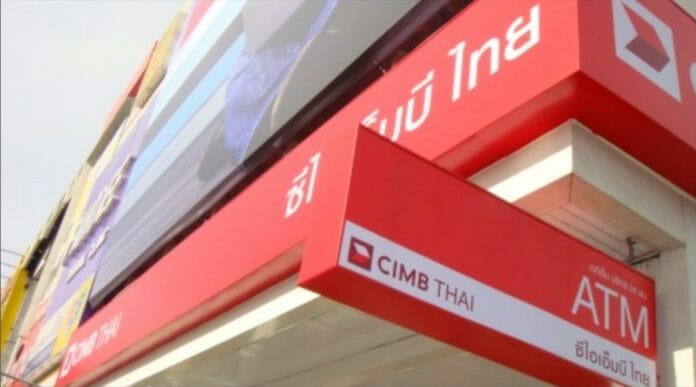RAM Ratings has reaffirmed CIMB Thai Bank Public Company Limited’s AA2/Stable/P1 financial institution ratings as well as the AA3/Stable rating of its RM2 bil Tier-2 Subordinated Debt Programme (2014/2044).
The ratings reflect the agency’s expectation of continued support from CIMB Thai’s immediate parent, CIMB Bank Berhad (rated AAA/Stable/P1), in times of need given its strategic role in CIMB Group Holdings Berhad’s (the Group, rated AA1/Stable/P1) ASEAN-focused strategy.
On the back of further bad-debt disposal and a slower formation of impairments, CIMB Thai’s headline gross impaired loan (GIL) ratio eased to 3.7% as at end-December 2021 (end-December 2020: 4.6%) before inching up slightly to 3.9% as at end-March 2022. With repayment assistance still in place, the better ratio is not reflective of the Bank’s underlying asset quality. Relief loans, accounting for 8% of the Bank’s total portfolio as at end-April 2022, will be gradually unwound by end-June 2022.
CIMB Thai continues to exit the commercial banking space – the main source of impairments in the past – as part of its de-risking strategy. This, coupled with reduced exposure to vulnerable lower-income borrowers and the tightening of underwriting standards for higher-risk portfolios over the years, should moderate the extent of credit weakening after relief measures expire. The smaller impaired loan base and further provisioning bolstered the Bank’s GIL coverage to 103% as at end-March 2022 (end-December 2020: 86%).
Notwithstanding a marginally larger dividend payout ratio of 14% last year (2020: 13%), the Bank’s common equity tier-1 capital ratio improved to 15.8% as at end-March 2022 (end-December 2020: 15.6%). Apart from earnings accretion, the stronger loss absorption buffer was attributable to reduced risk weighted assets as CIMB Thai’s loan book contracted. The Bank is well capitalised against lingering asset quality headwinds.
Its profitability has historically been weak due to elevated credit charge-off rates and a high operating cost structure amid its subscale operations in the Thai banking sector. Its five-year (2017-2021) average return on risk weighted assets stood at 0.6%. While the Bank’s top line was weighed down by a narrower net interest margin, its pre-tax profit more than tripled to THB1.3 bil in 1Q 2022 (1Q 2021: THB0.4 bil), thanks to lower impairment charges and reduced operating expenses. This translated into a higher return on risk weighted assets of 2.2% (annualised) (2021: 1.1%).
That said, margin pressure owing to the shift to better quality credits and the possibility of further provisioning needs may limit any upside to profitability.









